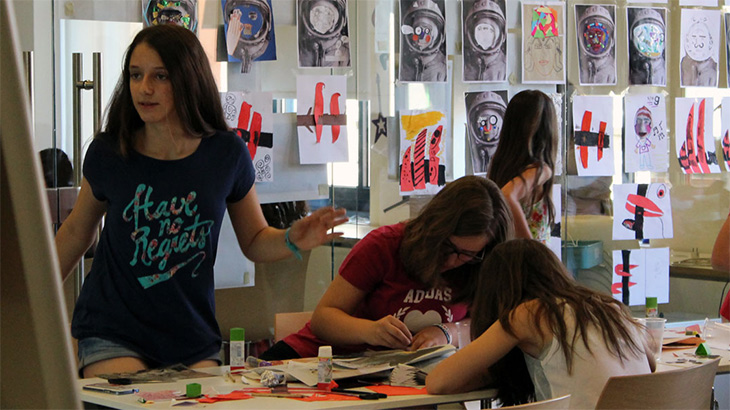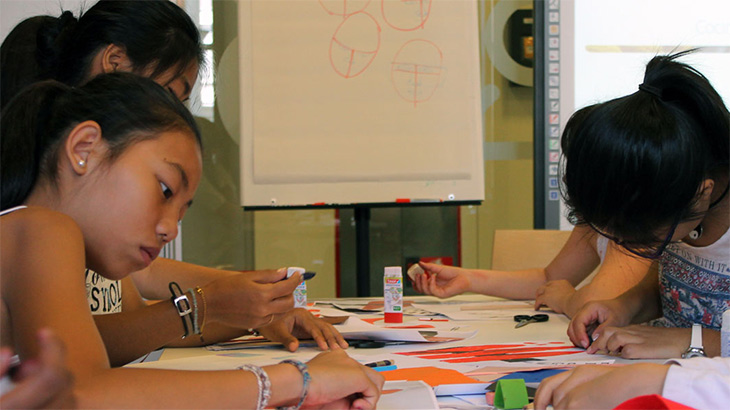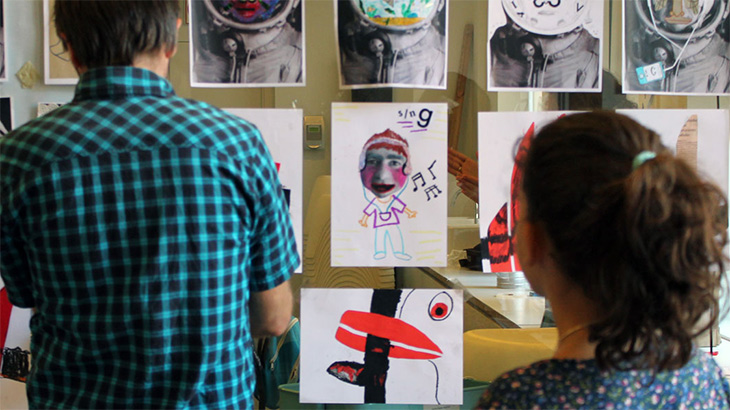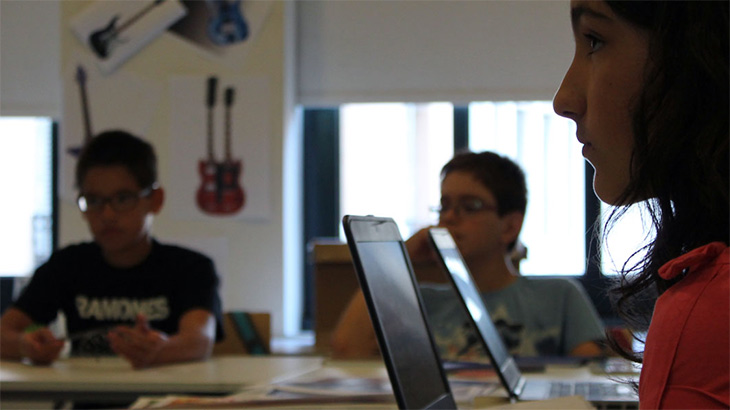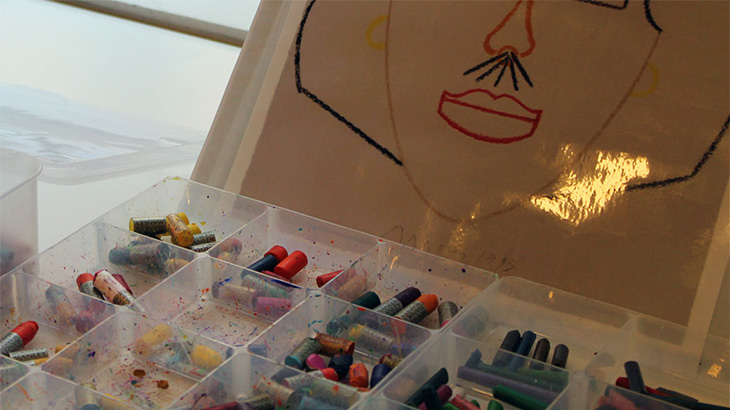Exposiciones
Untitled. The Teléfonica Collection as you’ve never seen it before
Place
Espacio Fundación Telefónica. Madrid. Spain
Date
04 February 2016 - 24 April 2016
The exhibition is aimed at a broad audience and features some 70 paintings, photographs, works on paper and sculptures by Spanish and international artists. The original works share space with the visions of children, who have reinterpreted the titles of the works, imagined exhibition spaces for them and created artistic murals.

expo-sin-titulo2-730×410
What makes an art collection? How do you organize an exhibition? What criteria are followed for distributing the different pieces in a room? What is the job of a curator? Espacio Fundación Telefónica presents ‘Untitled-The Telefónica Collection as you’ve never seen it before’, an unprecedented educational experiment in Spain in which 100 children collaborated in the task of curating an exhibition and played an active role in putting it together using the company’s art collection.
La Belle Société by René Magritte, Assemblage amb Graffitti by Tàpies, Yunque de Sueños XIII by Eduardo Chillida, L’appel by Paul Delvaux, Soliloquy I by Sam Taylor-Wood… Dozens of paintings, photographs and sculptures from Telefónica’s art collection form part of the exhibition ‘Untitled. The Telefónica Collection as you’ve never seen it before.’ Some of these works have not been exhibited since the 1990s and can now be seen for the first time in 20 years in a special interactive and innovative space.
The exhibition first emerged as an educational project to spark off children’s interest in art and give them a closer insight into Telefónica’s Art Collection in a more original way. The result is an unprecedented educational experiment in Spain in which 100 children aged between 10 and 12 collaborated in the task of curating an exhibition and played an active role in its development.
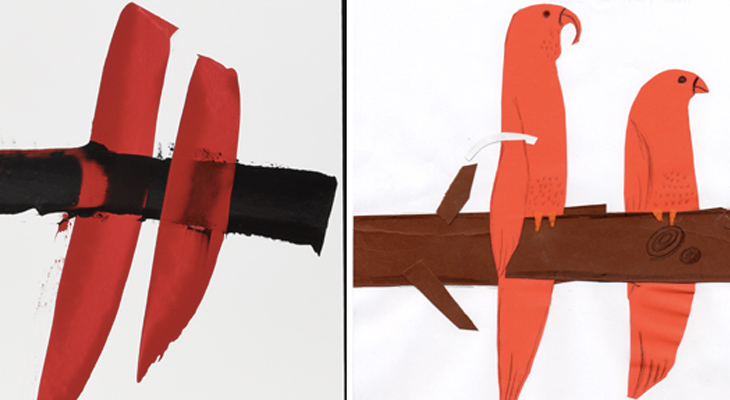
The exhibition is aimed at a broad audience and features some 70 paintings, photographs, works on paper and sculptures by Spanish and international artists. The original works share space with the visions of children, who have reinterpreted the titles of the works, imagined exhibition spaces for them and created artistic murals. They also chose the four main themes of the exhibition: faces, form and colour, mystery, and materials. There will also be educational and recreational resources for visitors to play, explore and experiment with the works on show.
The project seeks to foster an active interest in the world of art and facilitate an immersive learning and collaborative working experience through experimentation. These two objectives are enshrined in the strategy of the educational programmes of Espacio Fundación Telefónica, which uses the STEAM educational approach to put art on the same level as science, mathematics, technology and engineering. The exhibition is the result of almost a year of work at the Telefónica Foundation with the support of social innovation consultants, international art and education experts, and teachers and students from two Madrid schools.
Second Canvas: five years to the millimetre
The exhibition will be accompanied by an app entitled Second Canvas Telefónica Collection, which offers a new way of exploring its art collection. With this app, the works can be seen in a resolution 20 times greater than what can be achieved with a professional camera. The app also gives an insight into the stories behind each work through its details, and they can be shared on social networks, thus giving the whole world access to these key pieces in the collection. It can be downloaded free for iPads, iPhones and Android devices and will feature five works of art: La Belle Societé by Magritte, Assemblage amb Graffiti by Tàpies, Yunque de los Sueños XIII by Chillida, L’appel by Delvaux and Arlequín by Juan Gris.
‘Discover Art with the Telefónica Collection’ catalogue
At the same time, we are launching the ‘Discover Art with the Teléfonica Collection’ catalogue which gives a closer insight into some of the key pieces in the Telefónica Collection to children aged between 8 and 12. Each artist is accompanied by an explanation aimed at younger users and another one for adults to accompany them in their interpretation of the works, and each piece proposes a series of exercises conceived and drawn by the illustrator Puño.


